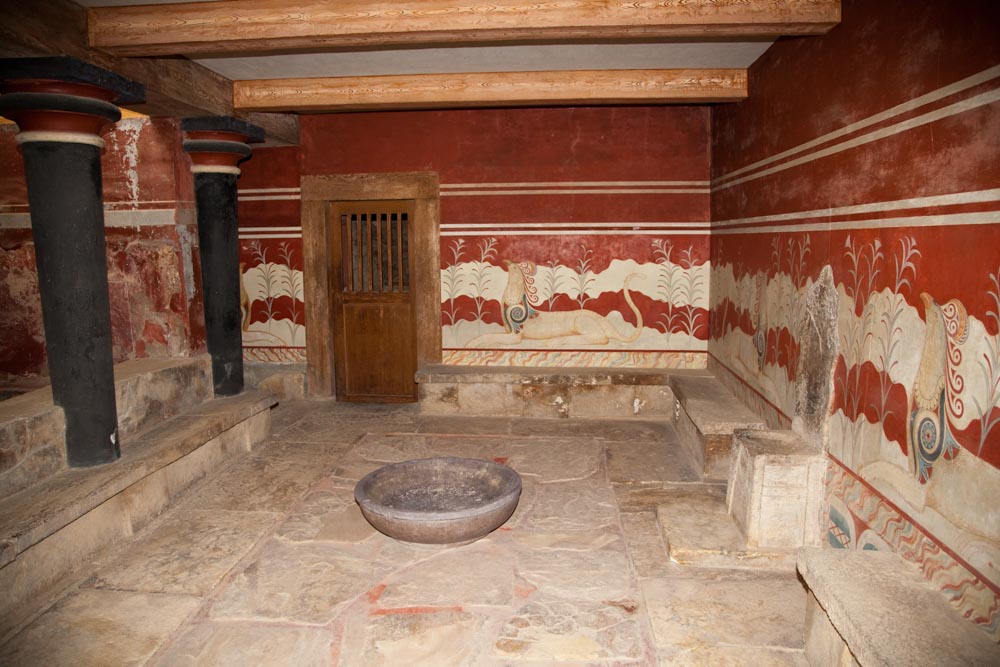Knossos Palace is one of the most popular tourist destinations in Crete. It is located about 5 km south of Heraklion.
Settled as early as the Neolithic period, the name Knossos survives from ancient Greek references to the major city of Crete. The palace of Knossos eventually became the ceremonial and political centre of the Minoan civilization and culture. The palace was abandoned at some unknown time at the end of the Late Bronze Age, c. 1380–1100 BC, the reason is unknown, but one of the many disasters that befell the palace is generally put forward.
In the First Palace Period (around 2000 B.C), the urban area reached a size of as many as 18,000 people.
It is believed that the first Cretan palaces were built soon after c. 2000 BC, in the early part of the Middle Minoan period, at Knossos and other sites including Mallia, Phaestos and Zakro. These palaces, which were to set the pattern of organisation in Crete and Greece through the second millennium, were a sharp break from the Neolithic village system that had prevailed thus far. The building of the palaces implies greater wealth and a concentration of authority, both political and religious. It is suggested that they followed eastern models such as those at Ugarit on the Syrian coast and Mari on the upper Euphrates.
Narration: English

















